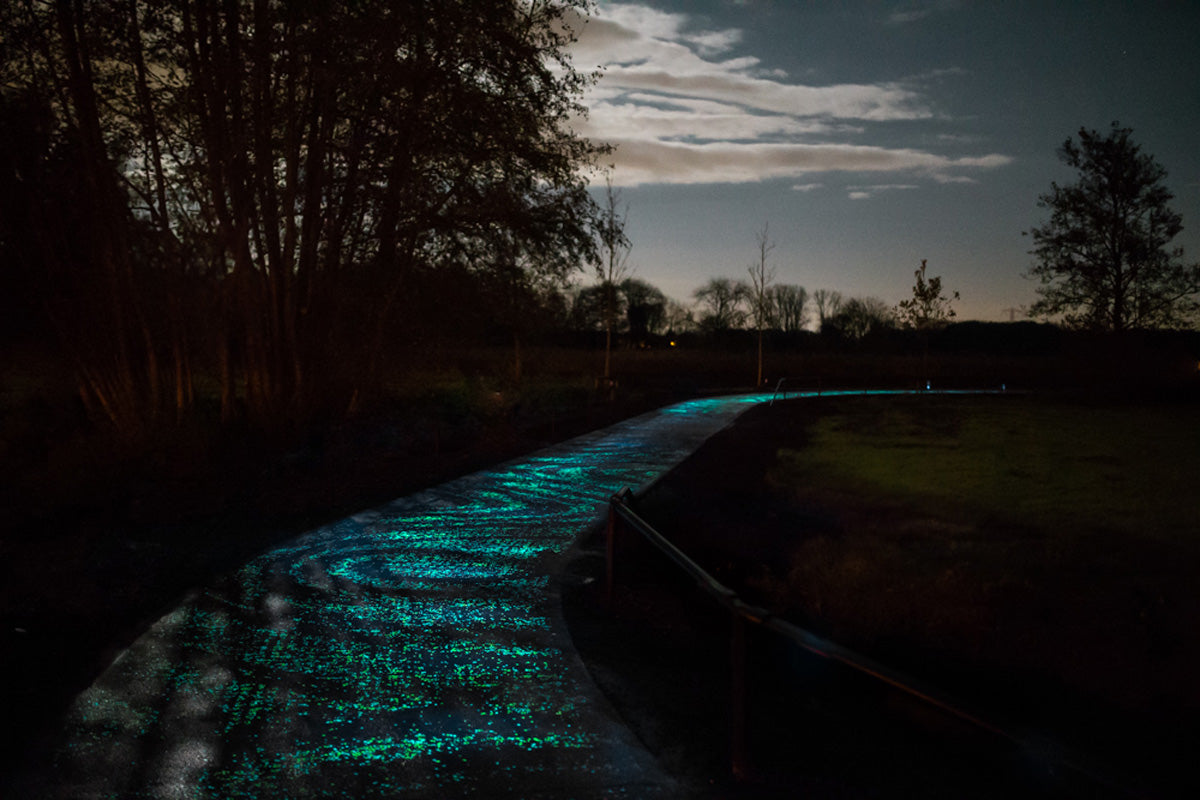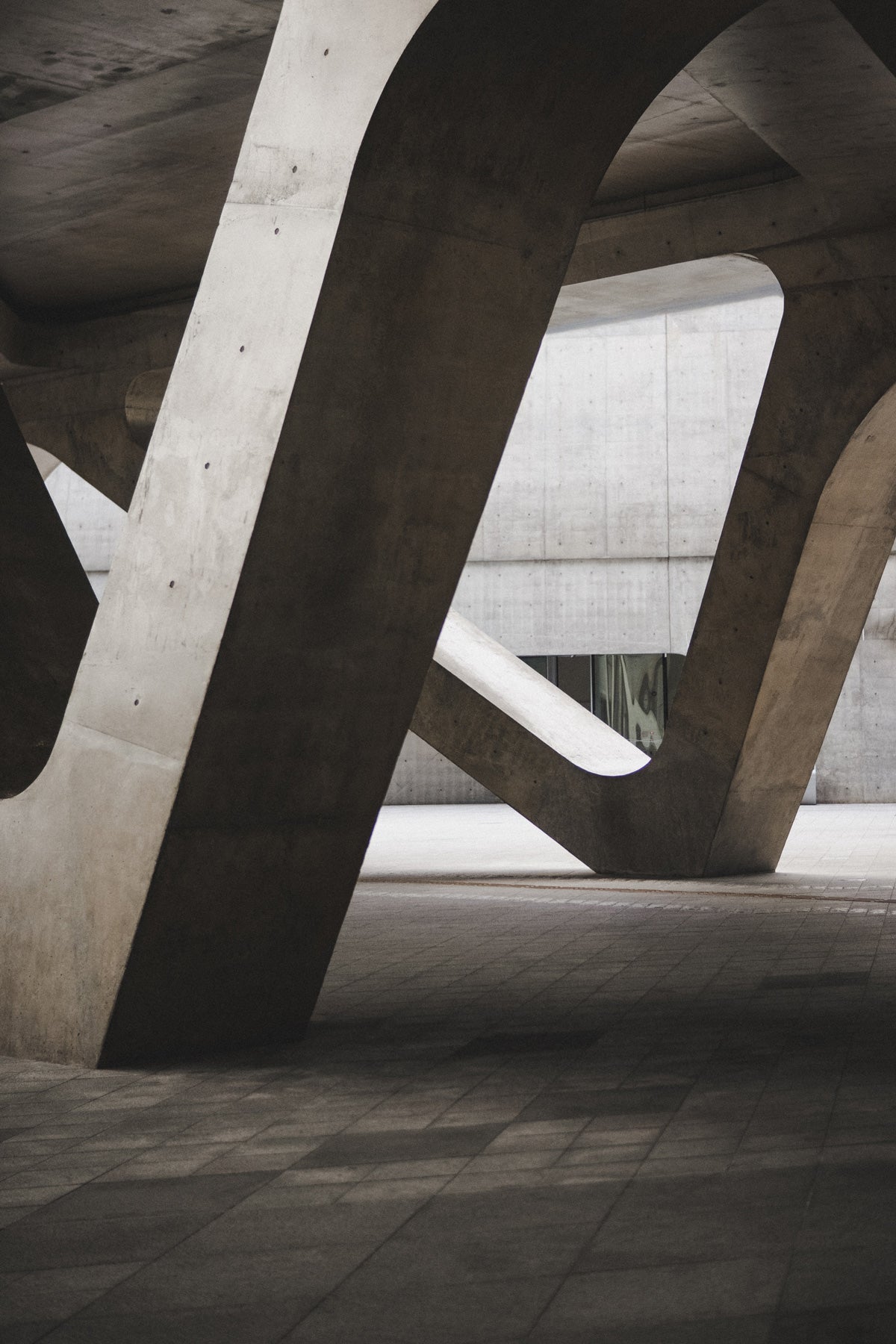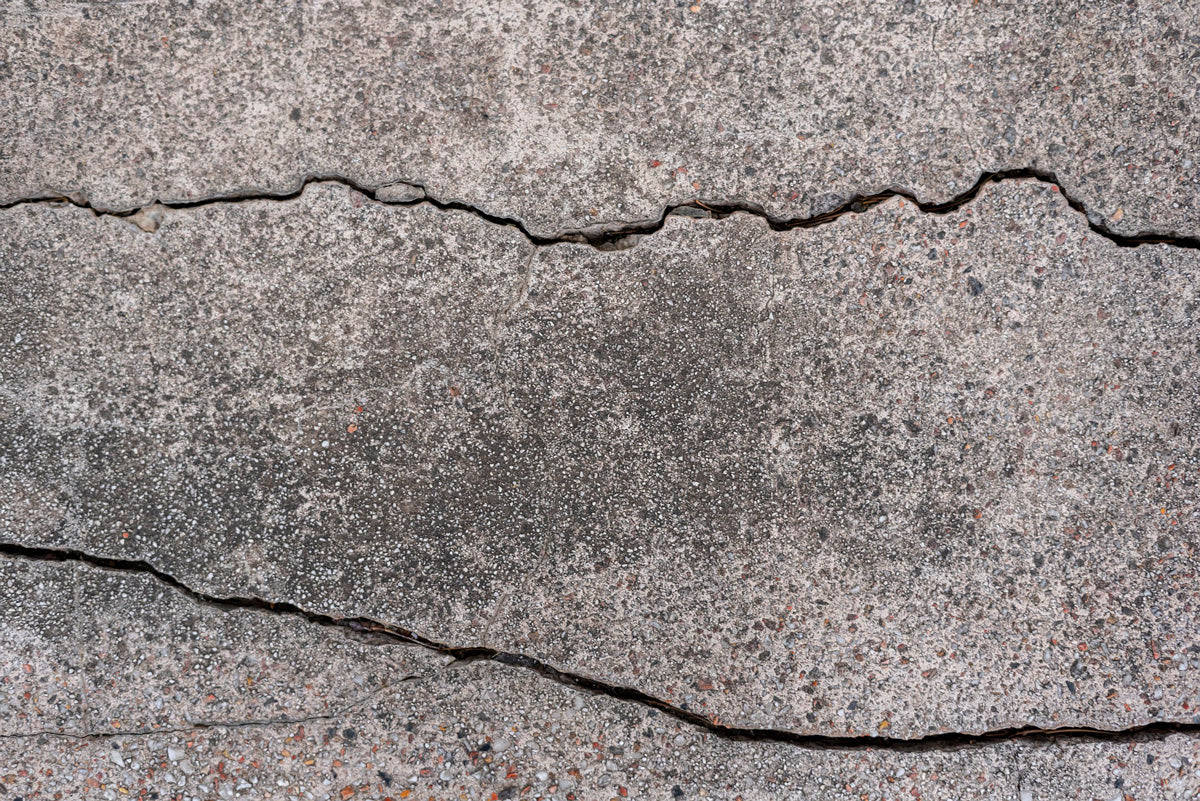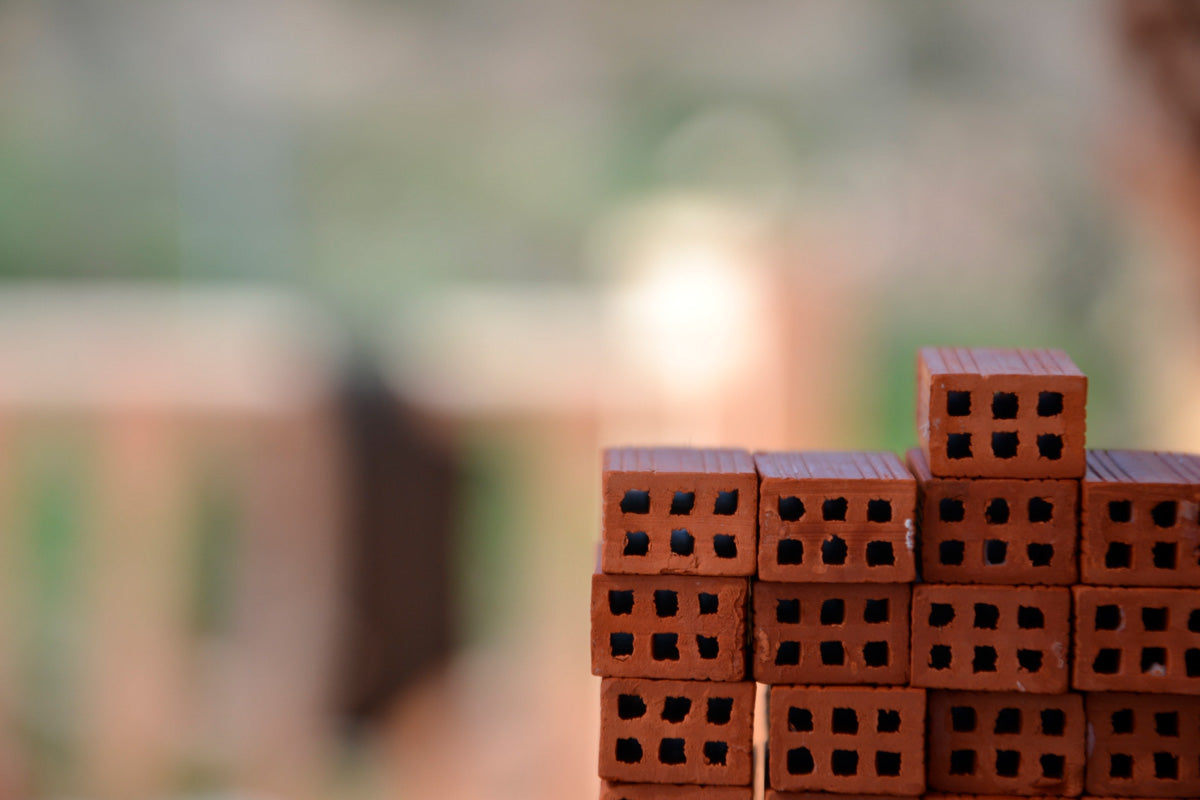The importance of evolution in construction practices does not lie only in innovation, but also in the ability to safeguard ecological, economical, and quality aspects. The material field changes on a daily basis, through new developments, which have to be tied with their application.
When compared with other industries, construction has not changed its techniques and materials so much in the last decades and, before the ecologic and energy crisis “its transformation is considered to be an almost moral obligation” (World Economic Forum). Construction constitutes 30% of CO2 emissions, increasing proportionally as population grows in cities.
The population in the world’s urban areas is rising by 200,000 people per day, all of them need affordable homes, transportation, and infrastructure. -World Economic Forum.
The World Economic Forum considers that only through the transformation of this industry towards a more sustainable one, it will be possible to face demographic and environmental changes. The implementation of new technologies, materials, and systems promises to have effect on building costs, efficiency, and the development of global infrastructure.
One of the aspects with greatest progress and innovation in the past 10 years is the one of materials. Architect Blaine Brownell has set his mind to classifying material proposals with the ability to “redefine our physical environment”. Some examples presented here belong to his book series Transmaterial.
Luminescent Paint
With the intention of encouraging energy alternatives in public works, Studio Roosegaarde developed a photoluminescent paint. Absorbing light during the day, the paint is able to lit itself in the dark for up to eight hours. Van Gogh Path is a trail in Holland where this paint was used to cover rocks, as part of a composition that emulates Starry Night. The initiative belongs to a larger project called Dutch Smart Highway Project, where the paint will be applied on highways to enhance night vision.

Light emitting concrete
In the material research area of San Nicolás de Hidalgo University in Michoacán, Mexico, a light emitting concrete was developed. The need for a low-cost option for lighting infrastructure was essential to search for an alternative to electric power. Another ecological advantage offered by this material is that its base is not Portland cement (which due to its origin and treatment generates high CO2 emissions), but rather geopolymer cement.
Graphene concrete
It is a material derived from graphite and its application is being studied for different industries, among which are technology and construction. When added to concrete, it modifies its ability to hydrate. This change in composition doubles concrete resistance and lowers its porosity, reason why it enhances its waterproof qualities. The alterations achieved through graphene will lower the need for maintenance in concrete structures.
By adding graphene, we could reduce the amount of materials required to make concrete in around 50%, this would lead to an important reduction of 446 kilograms per ton of carbon emissions. -Monica Craciun, Exeter University.

Concrete repairing patch
BacillaFilla is a microbial glue developed to repair concrete cracks, its application could improve the structural integrity of buildings and extend their useful life. The patch is applied in the form of spray over the affected area. Once placed on the surface, the spores begin to grow and fill the cracks. It has the ability to heal itself with the same resistance as conventional concrete.

BLAC Brick
The proposal made by BLAC Brick is an ecological alternative to the common brick developed by TATA in MIT. Thanks to the chemical processes provoked by its components, the material hardens at room temperature, reaching its resistance without the need of heat. It is manufactured with recycled paper and cardboard extractions, and meant for low-cost housing projects, as well as for pollution reduction in communities where ovens are used for manufacturing.

References
Brownell, Blaine Erickson, and Architectural Press Princeton. Transmaterial 3 : A Catalog of Materials That Redefine Our Physical Environment, Princeton Architectural Press, 2010.
Ravenscroft, Tom. Graphene-reinforced concrete is "more than twice as strong" say scientists. Dezeen. 2018
Rubio Avalos, Jose C. Cementos emisores de luz D.R. Consejo Estatal de Ciencia, Tecnología e Innovación de Michoacán. 2015
World Economic Forum. Shaping the Future of Construction: A Breakthrough in Mindset and Technology. 2016


